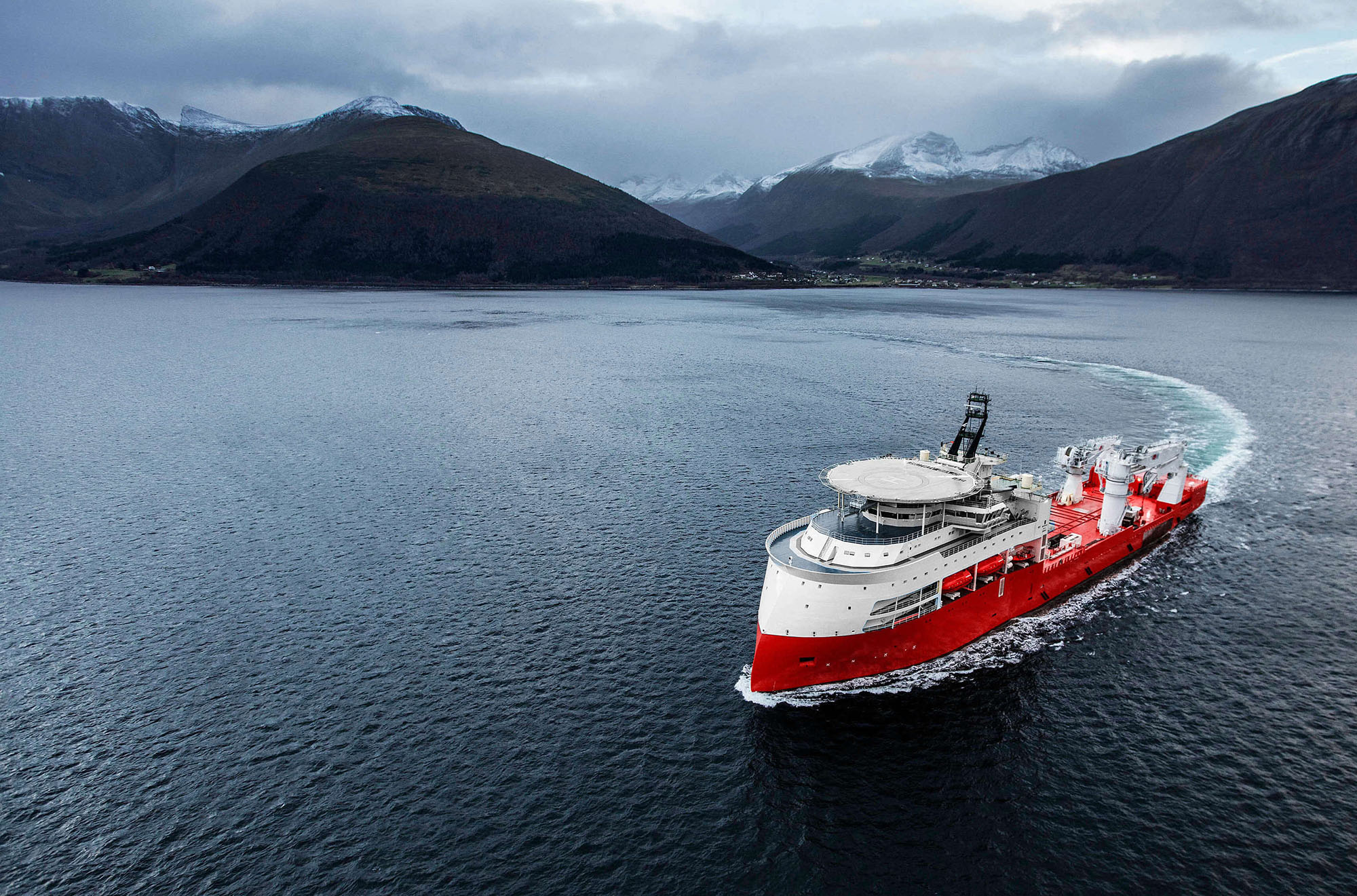
Publications
Niche Market
Niche Market
Evgeniy Dolgikh of St Petersburg-based specialist bunker sale and purchase broker, CMS Shipping, casts his eye over the bunker barge market
The sale and purchase market for bunkering tonnage is very small compared to the market for ocean-going freighters. For this reason this niche market is out of sight of shipping market analysts and there are no official statistics available on sale and purchase transactions of bunker tonnage.
Moreover, the market boundaries are rather undefined. Small product and chemical tankers switch to the bunker trade and vice versa. Our educated guess is that some 350-400 sea and river bunker tankers trade worldwide and, some 40-50 tankers and barges involved in the bunker trade change hands globally each year. A number of these transactions are made directly between the sellers and the buyers on the local markets. But most of the sales are made with brokers’ involvement.
Single-hull scrapping
In the past year we have seen increased scrapping of single-hull bunkering tonnage. However, this has not been on the scale that would have been expected in view of the regulations Marpol 13G and 13H. A lot of single-hull bunker tonnage worldwide has been allowed by flag states to operate beyond the phase-out dates in their local waters.
Second-hand sales of single-hull tonnage are very rare. Within the period 2004–09, Nigerian buyers were the biggest buyers of old single-hull tonnage. But now the rules there require double-hull tonnage and the Nigerians are no longer buying any single-hull tonnage. In 2010 we handled a couple of sales of single-hull tonnage at scrap-related prices for further conversion into double-hull.
Conversion
Conversion of single-hull tankers into MARPOL compliant doublehull tonnage has not, however, been a common procedure. In most cases the conversion costs are not justified by the market value of the converted vessel. Moreover, many oil companies and some shipowners buying bunkers for their ships impose age restrictions on the bunker tankers. This means that older units converted into doublehull do not have enough trading life left to pay back the investment in conversion before they will have to leave the trade.
The conversions known to us were done either for bookkeeping reasons (the companies needed to spend cash to diminish their taxable income) or in cases when the cost of buying a double-hull substitute of the same class was too high compared to the conversion cost. The latter was mostly the case with ice-classed bunkering tankers. Substitute double-hull ice-classed tonnage is rarely available and priced high. We know of more than a dozen sisters of the so called 610 project (a series of 55 bunkering tankers of about 3,400 dwt built in Bulgaria between 1982 – 1990) which were converted into doublehull.
Two versions of conversion design were developed. One involves the installation of a new double bottom and double sides with the consequent loss of 800 tonnes of cargo carrying capacity. The other increases the depth of the hull by one metre as well as fitting a new double bottom and sides. The latter conversion leads to the loss of only 400 tonnes of cargo carrying capacity.
Newbuild activity
We see little activity in contracting newbuilding bunkering tankers. That is because of the great number of modern distribution tankers readily available on the second-hand market for sale. Instead of contracting purpose-built bunker tankers, the physical bunker suppliers purchase recently built or newbuilding resale product/chemical tankers and fit them for bunkering. The few known bunker tanker newbuildings are mostly built with IMO class.
The extra cost for IMO class on a newbuilding tanker is pretty low, but adds versatility and liquidity to the vessel. Tankers with IMO class can operate on both the bunkering and the distribution markets. The owners might switch them from bunker trade to distribution trade in the periods when there is no suitable employment in the bunker market. When the vessel is put for sale, it attracts interest from both markets.
Perhaps the wider introduction of bunkering standards, along with the introduction of incentives and concessions similar to the ones imposed by the Maritime and Port Authority of Singapore (MPA), would encourage construction of purpose-built bunker tankers. But so far we are not aware of any other administrations that do this.
Evgeniy Dolgikh, 21.02.2011
download pdf back
